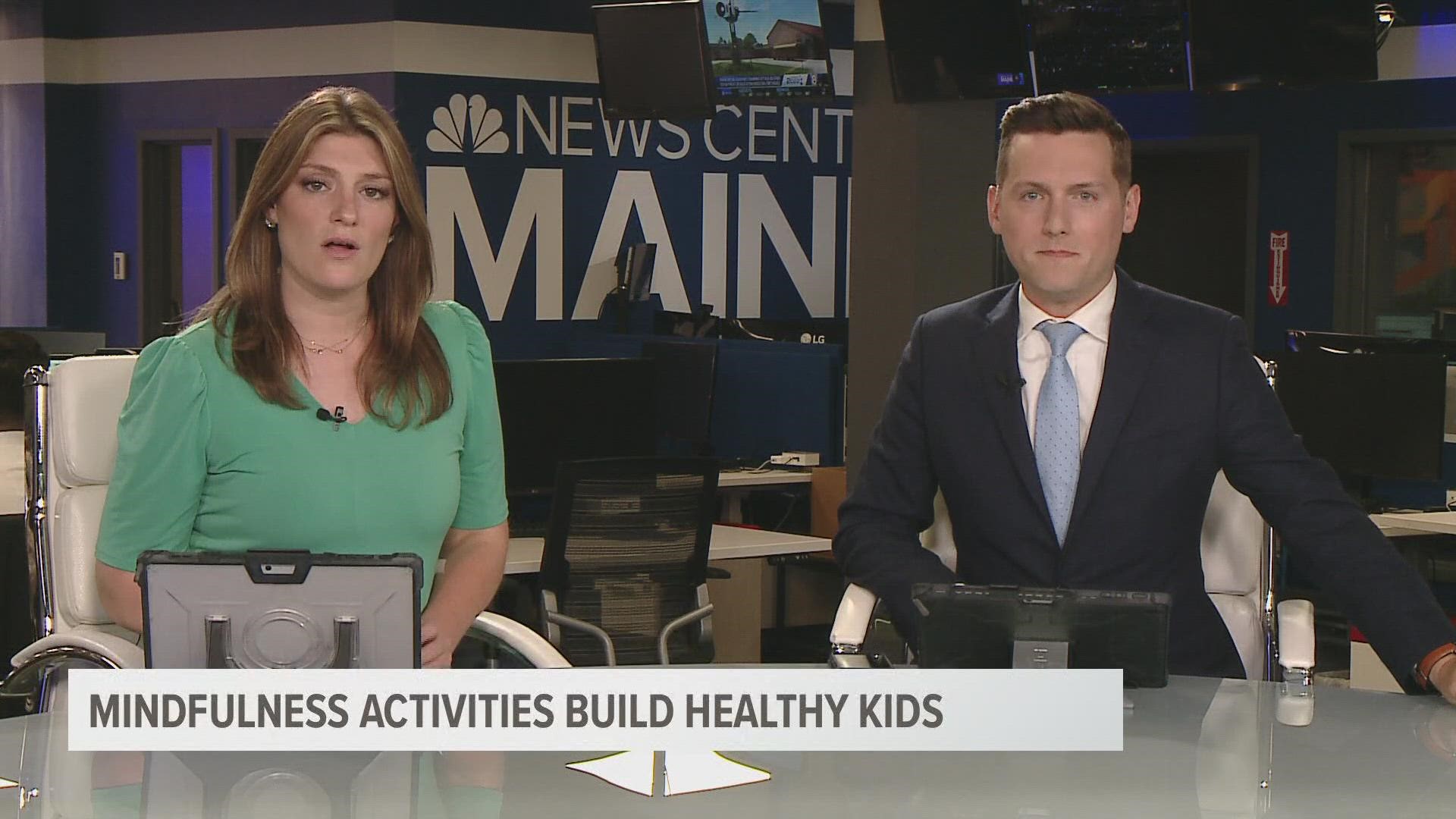PORTLAND, Maine — School nurses all over the state have said they've seen a change in students' mental health as the pandemic wears on. Just as there are ways to build resiliency in ourselves, there are also ways to help children.
"Mindfulness really means real-time awareness: consciously tapping into our awareness, which is achievable only when we create space with intention where we can observe thoughts, feelings, sensations, our environment, etc., without any expectation or judgment," Nadine Levitt, an education advocate, said.
"In some ways, it is harder for kids today to find that mindfulness since our 'modern' lives offer so many distractions that offer quick dopamine hits (like phones, video games, movies, etc.), so it’s easy to get hijacked by those distractions and live a very unconscious life that will ultimately lead to a very unfulfilling life," she added.
Levitt is the founder of WURRLYedu, an educational technology platform. She included a few mindfulness activities parents can do with their children in her book "My Mama Says Inside Me Lives a Village."
"It’s crucial that we create rituals and habits that allow kids to practice mindfulness so that they can become aware of who they really are, how they feel and process emotions, how they form deep relationships, even responsible decision-making skills, etc., and feel confident," Levitt said. "These social and emotional skills are foundational, so [they] will influence all other facets of life—their relationships, outlook, academic achievement, and sense of purpose."
So what are some of those activities? Levitt recommends implementing a mindful minute.
"It is one minute where kids take a deep breath and check in with themselves as to how they are really feeling," she said. "We tend to focus on just one aspect for the younger kids, like, 'What emotions are you feeling?' But you can take it further with reflective questions, tapping into their senses, etc."
Levitt said parents and kids could also grab popsicle sticks and write different emotions on each stick. Every morning, parents can have children pick up the sticks representing the emotions they are feeling and put them into a cup.
Levitt said that allowing kids to recognize what they're feeling starts the process of figuring out why they are feeling that way and how to better handle those feelings.

